The Young Lords were founded this day in history, 1968. Here is a description from The Nation by Ed Morales in a review of The Young Lords: A Radical History by Johanna Fernandez called “The Roots of Organizing: The Young Lords’ revolution.”
The Young Lords were established in Chicago in 1968, led by a street activist named Cha Cha Jiménez, who organized the group to fight local gentrification, police brutality, and racism. He pioneered the use of the Lords’ signature purple berets (perhaps inspired by the Sharks’ colors in West Side Story) and semi-military code of conduct.
But it was only when the New York chapter was founded a year later that the group began to take off and the Young Lords burst into national prominence, adding their unique spin to the moment’s revolutionary politics. A less confrontational variation on the Black Panthers, the Weather Underground, and Students for a Democratic Society (SDS), the New York group and its founders — Meléndez, Morales, Juan González, Pablo Guzmán, Felipe Luciano, and Denise Oliver — were probably the most successful media communicators among these different organizations.
They were also representative of two late-1960s phenomena: the Rainbow Coalition of Black, Latinx, Native, and white working-class radicals emerging in the era, and the bicultural and bilingual Nuyorican generation. The Lords themselves were a rainbow, since, as Fernández notes, more than 25 percent of the group’s members were African American, including Oliver.
The Nuyorican generation was not represented by the Young Lords alone. It operated in three intersecting spheres of influence: salsa music, which fueled a nostalgia for its Caribbean antecedents, representing the past; the Spanglish poetry of the Nuyorican Poets Café, which anticipated the future’s code-switching, rap music, and spoken-word performance; and political organizations like the Young Lords, which were inspired by the radical internationalism of their day as well as Puerto Rico’s independence struggle.
Some key Lords — like Luciano, the group’s early chairman — inhabited all three spheres, while others had varying affiliations with Black revolutionary nationalism (Guzmán), the roots of intersectional feminism (Morales), and radical students’ and workers’ movements (González).
But central to almost all of their activism was the Nuyorican generation’s dedication to its cultural and political commitments. During their takeover of the First Spanish Methodist Church, when the Young Lords set up a free breakfast program for children and ran a “liberation school,” they invited Nuyorican poet Pedro Pietri to perform his signature poem, “Puerto Rican Obituary.” His reading was a contemporary spin on the impromptu bembés that went on during the occupation and featured folkloric music. Years later, another Young Lord, Eddie Figueroa, continued this cultural tradition, masterminding a performance space called New Rican Village on Avenue A and Sixth Street in Manhattan, at the site of what later became the gender-bending Pyramid Club during the 1980s East Village art explosion.
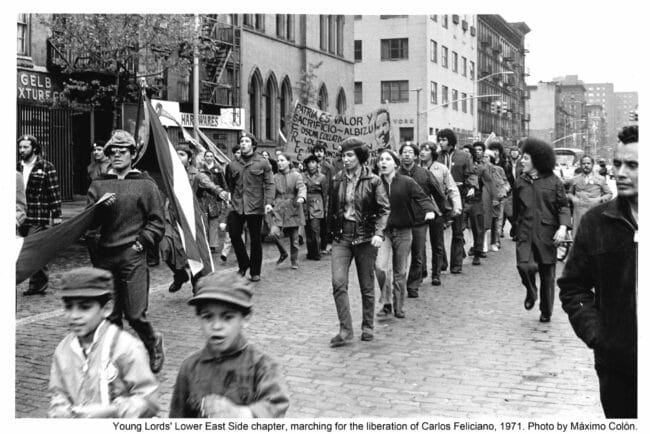
Given their influence and wide-ranging activities, perhaps one of the most surprising things about New York’s Young Lords is that for all their permanence in the Nuyorican memory, the core founding group was active for a grand total of approximately three years. There were only a few major events that marked their activism: the Garbage Offensive, in which they forced the Sanitation Department to clean the streets in Spanish Harlem; their two takeovers of the neighborhood’s Methodist church; and a couple of brief occupations of Lincoln Hospital in the South Bronx. Continue reading in The Nation, “The Roots of Organizing: The Young Lords’ revolution.” by Ed Morales.

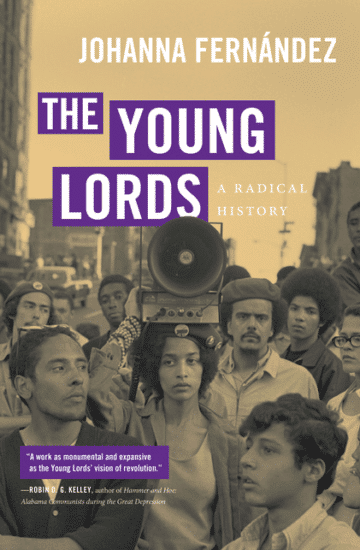
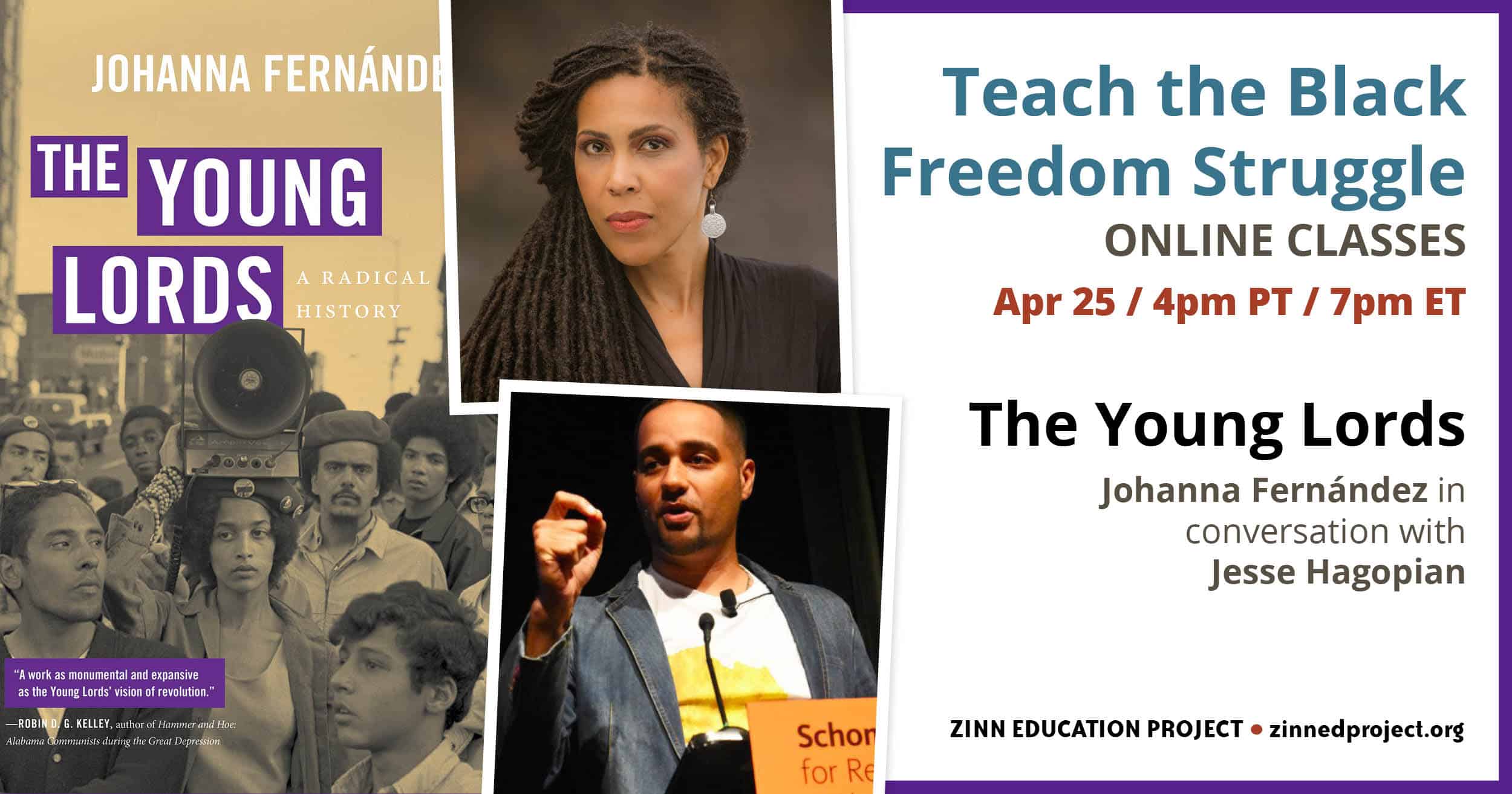
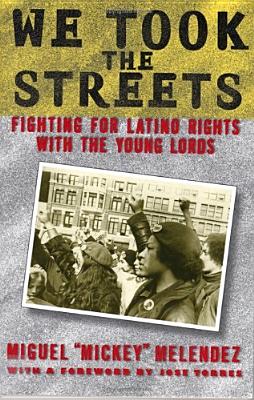
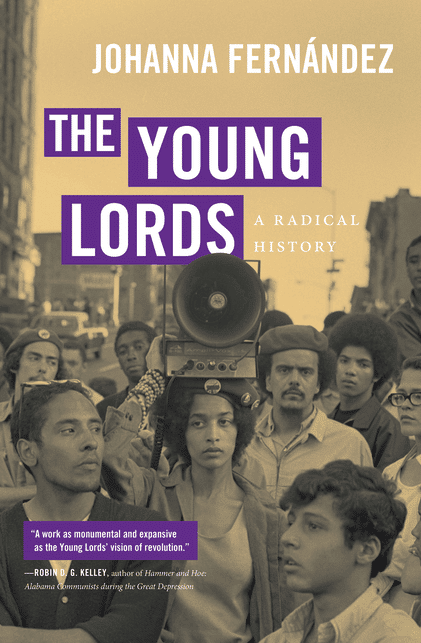
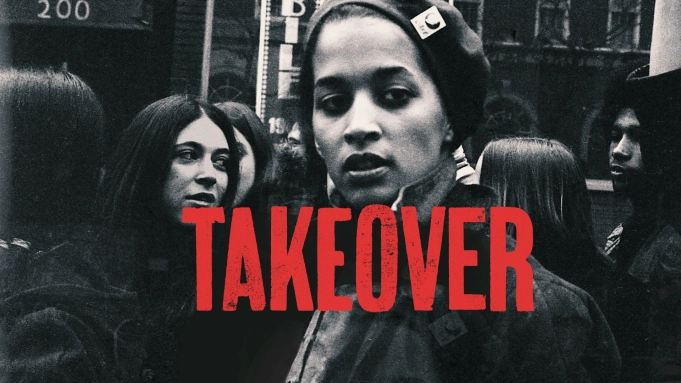
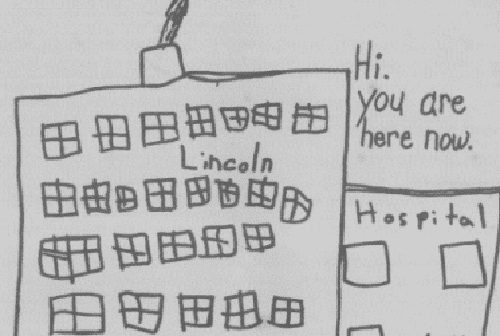
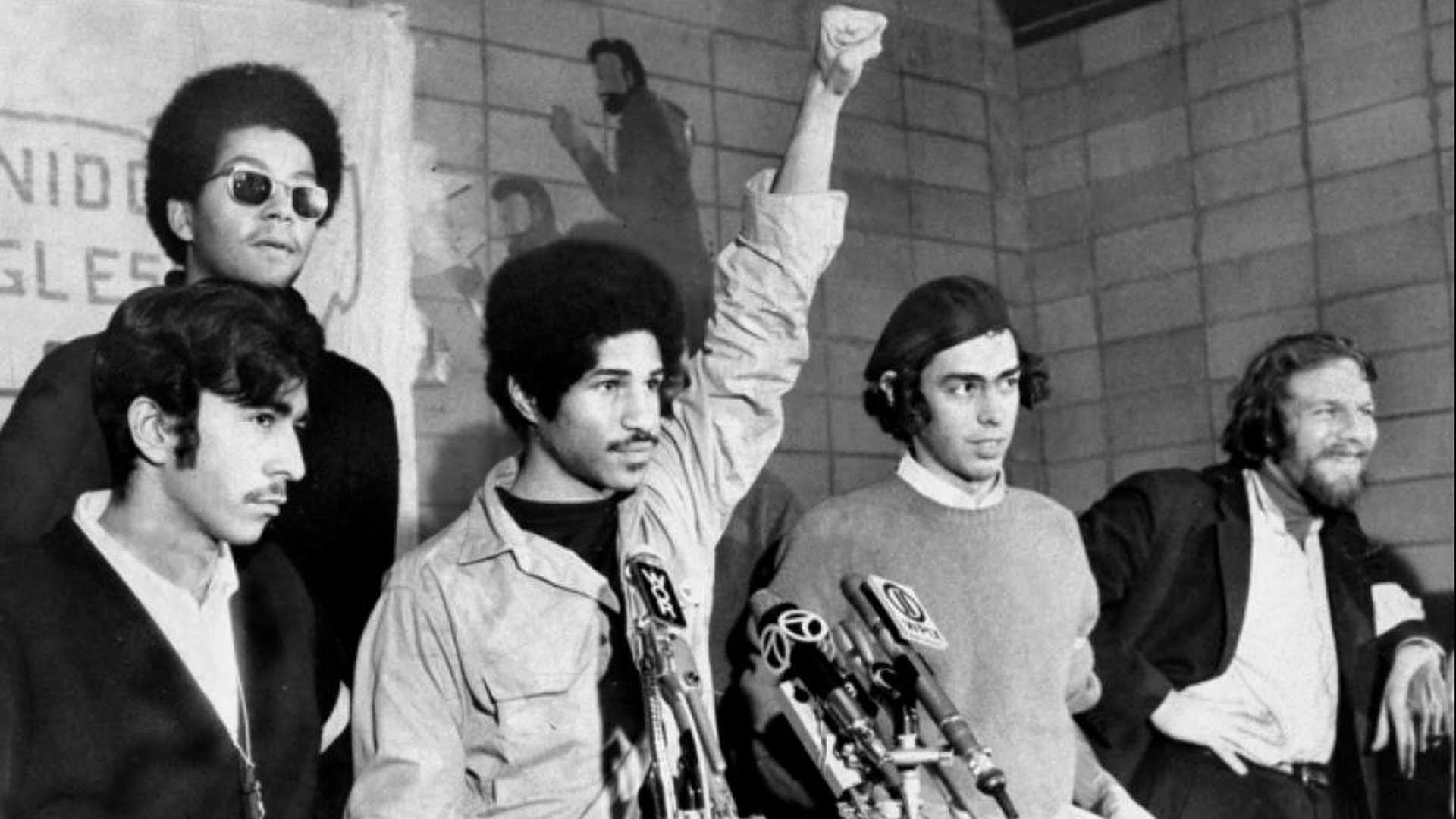





Twitter
Google plus
LinkedIn